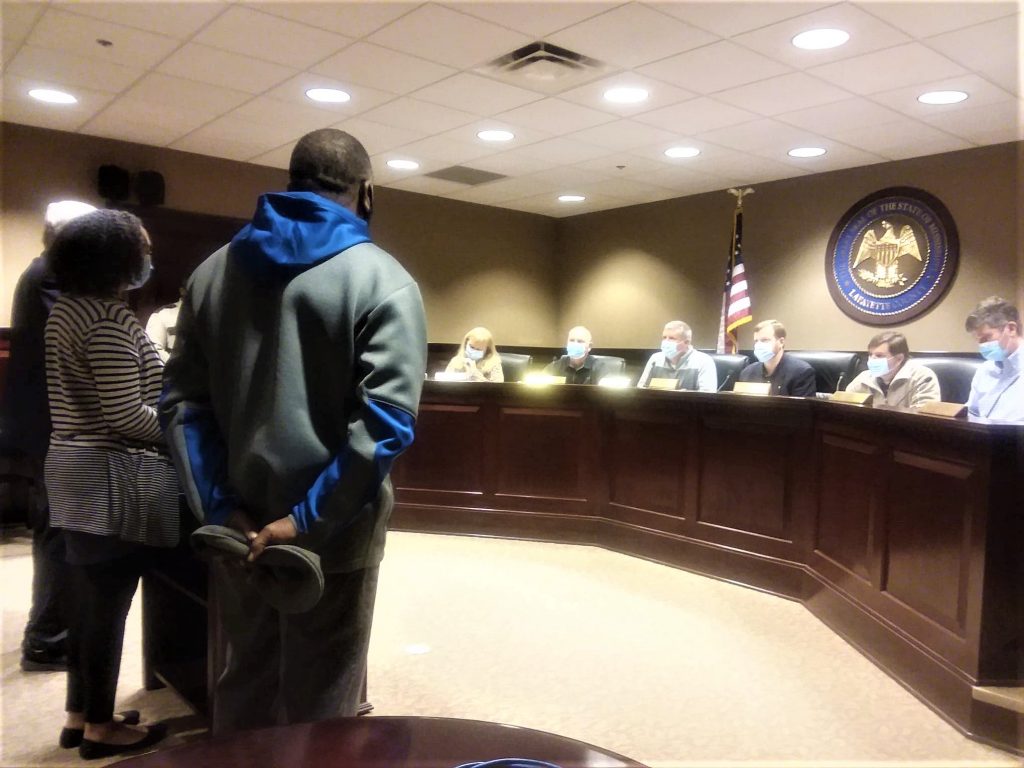Featured
Lafayette Supervisors Approve Lynching Memorialization Marker


The Lafayette County Board of Supervisors unanimously approved placing a marker that notes the seven known instances of lynching in the county on the Courthouse lawn during its regular meeting Tuesday morning.
In December, the Board tabled the discussion on the marker to give Supervisor David Rikard time to meet with the Lynching Memorialization in Lafayette County Project committee after he objected to one of the names being included on the marker.
Rikard said the man, Lawson Patton, was allegedly caught in the act of killing a woman and almost killing the woman’s daughter, according to an old newspaper clipping.
The committee returned to Board after meeting with Rikard. A slight change was made to the wording. The marker originally stated “Lawson Patton, a jail trustee accused of the death of a white woman” and was changed to “Lawson Patton, a jail trustee accused of the murder of a white woman.”
One side of the marker lists six of the men who were lynched in Lafayette County and the details surrounding the lynchings: Harris Tunstal, killed July 12, 1885; William McGregory killed Nov. 13, 1890; “unknown victim” killed Sept. 2, 1891; William Steen killed July 30, 1893; William Chandler killed June 19, 1895; Lawson Patton killed Sept. 8, 1908.
The other side of the marker speaks on lynchings in the United States and the history of Elwood Higginbottom’s death, who was killed on Sept. 17, 1935, at the age of 28 while he was being held in the Oxford jail for the murder of landowner Glen Roberts.
“We think the revised language … accurately conveys the history of lynchings in our county in a way that supports our goals in truth-telling and creating a space for healing and reconciliation,” said Lynching Memorialization Project committee member Lydia Koltai.
Rikard said the meeting between himself and committee members, via Zoom, was an “enjoyable experience.”
“At the end of it, everyone was smiling,” he said. “It gave us a unique way to have an open and honest conversation and I think through that, we were able to get to where we are today. I appreciate the time and patience of the committee.”
In 2019, the Board approved the project on the condition that the Mississippi Department of Archives and History approved the placement since the Courthouse is a historic site. The Board also asked the group to tweak some of the wording on the marker. Both conditions have been met.
The marker is being paid for by the Equal Justice Initiative.
The work of the Lynching Memorialization in Lafayette County Project is being done as part of the “Community Remembrance Project,” which is a national lynching memorialization effort launched by the Equal Justice Initiative in Montgomery, Alabama.






















































